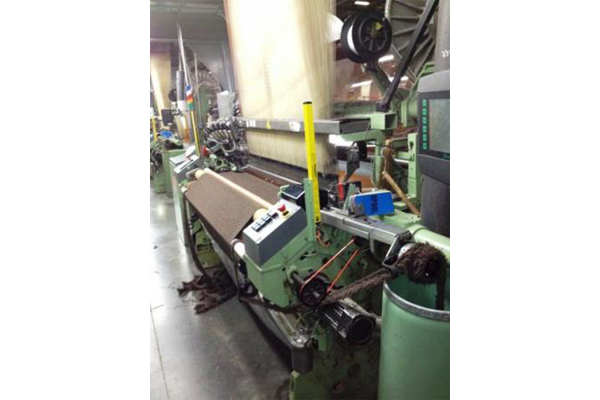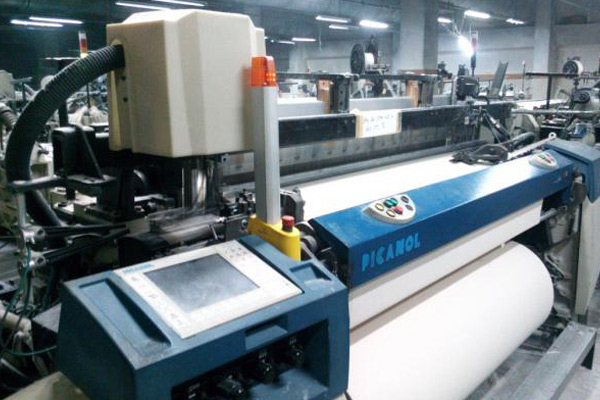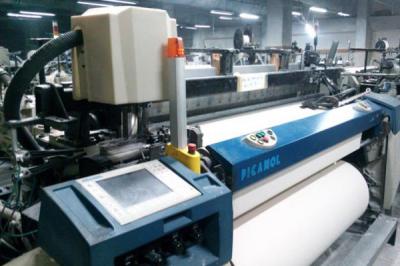How to adjust the bending belt without shuttle loom
The installation and debugging of the crochet hook:
1. Twist the knitting needle to loose to fixed platen and fixed the knitting needle on the knitting needle seat according to a certain tilt angle (about 20 degrees). It must be always ensured that the crochet hook can hook weft with the weft stitch in the debugging process and the tip of the needle and the pin plate should be slightly lined up when sluffing.2. The approximate stroke of the needle should be adjusted according to the scale indicated on the dial. There are four screw holes in the needle pivot with different position to the axis and different eccentricity. If you want to be more accurate, you also need to unscrew the flat head in hexagonal screw and the rotating pivot which are inside of the needle pivot in order that the trip of the knitting needle in line with the measurement of the fabric. Adjust the linking position of the connecting rod and rocker so that the crochet hook can make proper size of stylus beating.
3. Spin and loose the inner-hexagon screws on the knitting needle aluminum arm with hexagon bar wrench, adjust the angle of the needle, spin and loose the needle arm fastening screws, move the needle arm up and down to adjust the position of the crochet hook up and down. Observe the angle of the needle and the high and low position of the crochet hook in order that the crochet hook can meet the requirements of hooking weft.
4. Adjust the position of the needle edge according to the actual position of the reed and the weaving mouth to make it in line with the requirements of the crochet hook’ hook weft. Adjust the needle bar to prevent the tongue of the needle from closing when the needling without hooking the weft.
5. The bottom line cam spring and cam roller fixed device, etc., should be removed when the bottom line of the crochet hook not in use to reduce wear.

 English
English  한국어
한국어  português
português  العربية
العربية  tiếng việt
tiếng việt  ไทย
ไทย  Malay
Malay  हिंदी
हिंदी  Indonesia
Indonesia  বাঙালি
বাঙালি  اردو
اردو 


